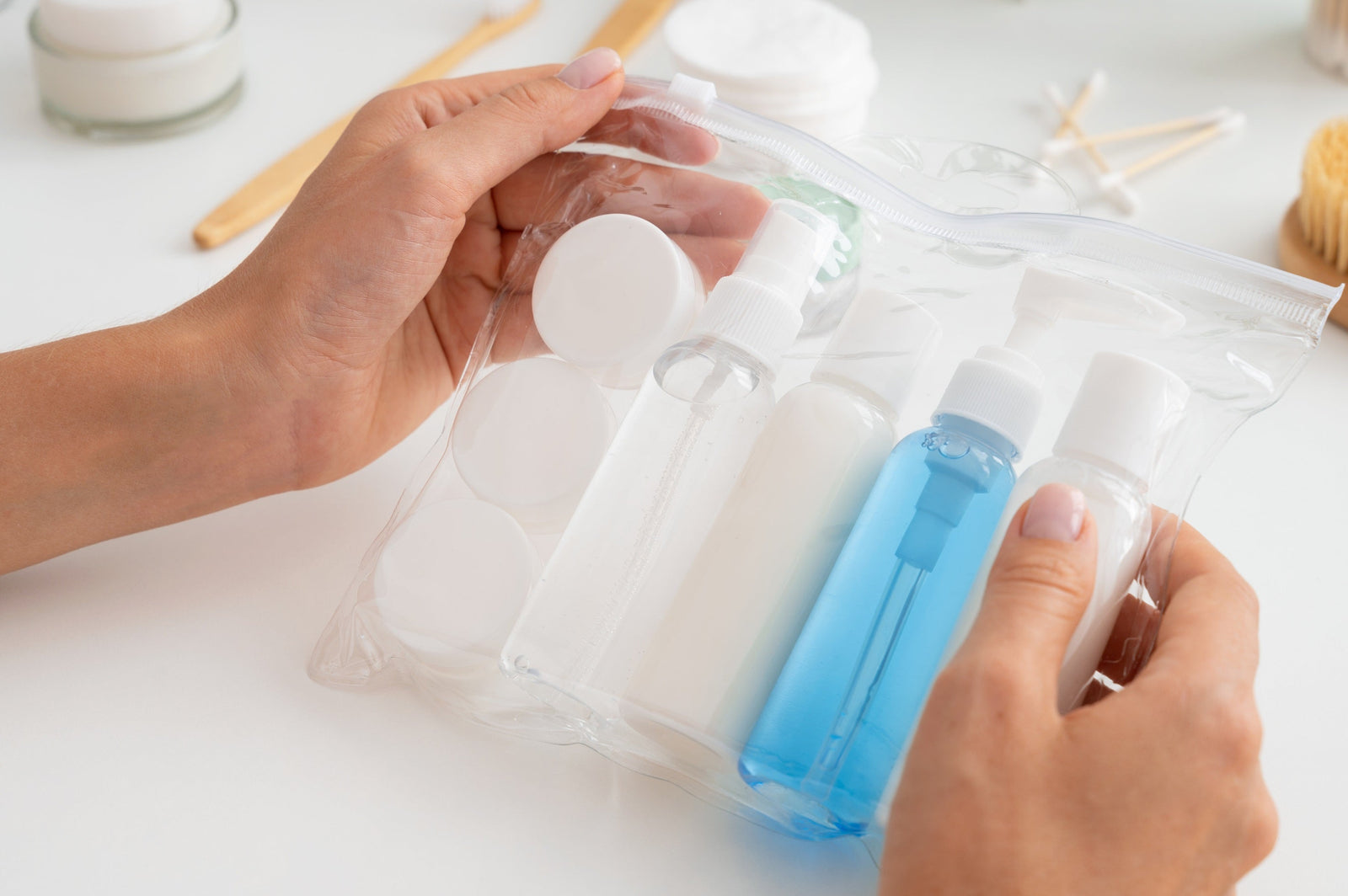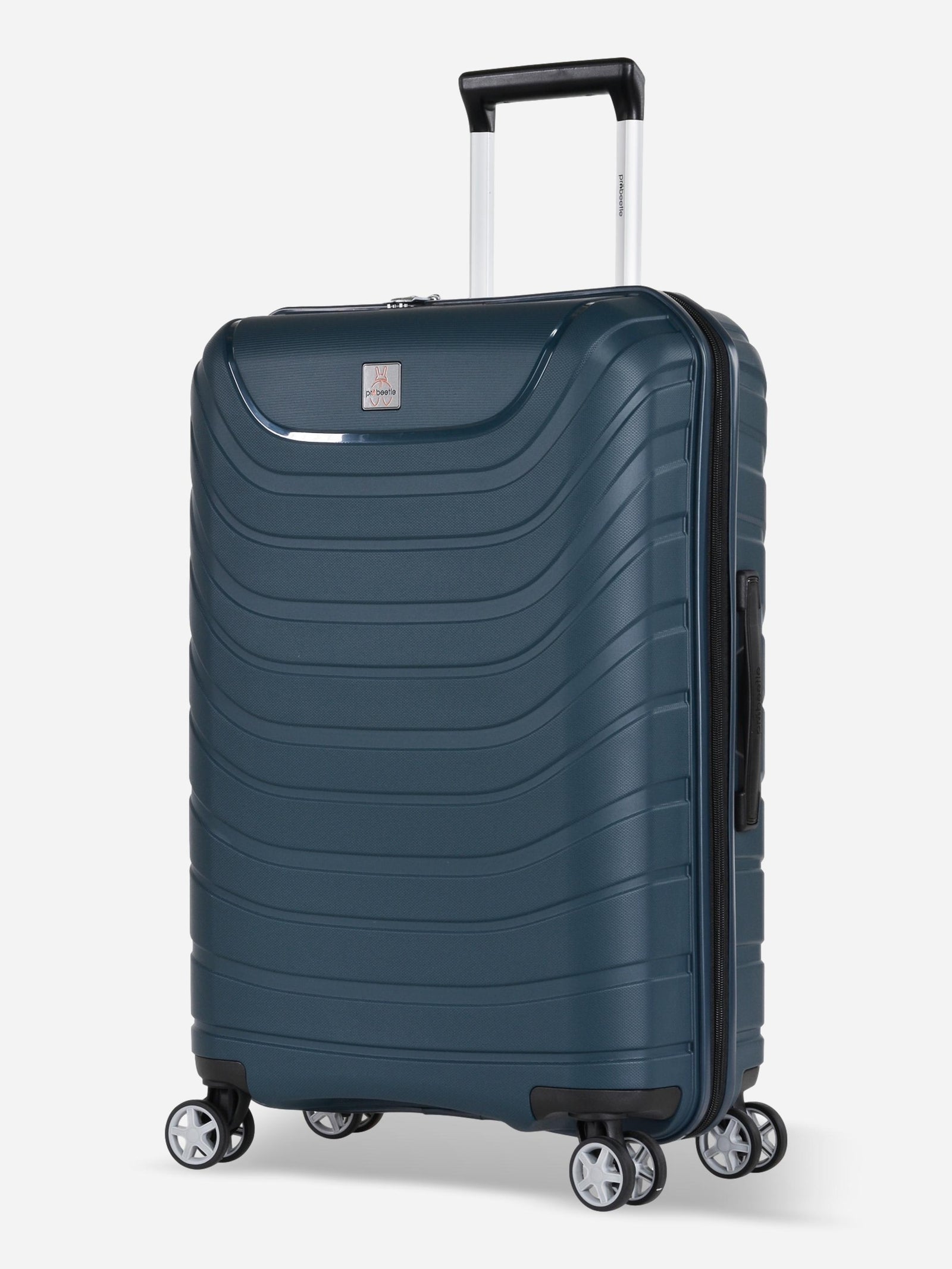HOW MUCH LIQUID IS PERMITTED IN CARRY-ON LUGGAGE?

Traveling by air can be an exciting adventure, but it often comes with specific challenges, particularly when it comes to packing liquids. Understanding the rules governing the transport of these items is crucial for a seamless journey. This article aims to equip you with essential knowledge to navigate liquid regulations effectively.
TSA REGULATIONS ON LIQUIDS IN CHECKED BAGGAGE
When flying, the TSA allows you to pack larger quantities of liquids in checked baggage compared to carry-ons. This means you can bring items like milk, lotions, gels, and drinks without worrying about the 100 ml limit. As long as they're securely sealed and packed to avoid spills or damage, you're good to go. However, keep an eye on airline-specific rules for certain items like alcohol regarding bottle size and content limits.
When packing for your flight, remember that while most liquids in checked luggage are allowed, some like flammable aerosols are hazardous and need airline approval. Ensure all containers are tightly sealed to prevent leaks caused by cabin pressure changes—imagine a lotion bottle bursting mid-flight! For peace of mind, always check your airline's specific liquid transport policies online, as they can vary by carrier and destination. Safe travels start with smart packing!
SPECIFIC REGULATIONS REGARDING LIQUID CONTAINERS AND THEIR SIZES IN CARRY-ON LUGGAGE
Navigating airport security is a breeze when you know the TSA's liquid rules. Each passenger can carry liquids, gels, and aerosols in containers up to 100 ml (3.4 ounces), all snugly packed into one resealable plastic bag with a total capacity of 1 liter. This applies no matter your airline, so pack wisely! Whether it's hand sanitizer or water, ensure each item fits the size limit and stays within your bag’s overall allowance for a smooth journey through security checkpoints.
Certain liquids can bypass the usual restrictions. Medical essentials like prescription meds, baby formula, and breast milk are permitted in larger amounts if you show proof of necessity and might face extra screening. Be ready: pack these separately with documentation at hand. Everyday items—think toothpaste, lotion, shampoo—must adhere to the 100 ml rule. To breeze through security, swiftly place your resealable plastic bag in a bin for inspection.
Shop our Collection
UNDERSTANDING SECURITY MEASURES
Mastering the art of traveling with liquids is key to breezing through airport security. To safeguard passengers, the TSA and global agencies enforce strict rules on liquids, gels, and aerosols. These measures thwart potential threats like liquid explosives.
Security measures include extra screening for items like medical liquids, baby food, and breast milk that exceed standard size limits. Passengers should separate these for inspection. Carrying aerosols, alcohol, or other hazardous substances? Check airline or TSA guidelines to ensure compliance. Properly packing liquids speeds up the screening process significantly.
TIPS FOR PACKING LIQUIDS IN CHECKED LUGGAGE
Packing liquids like food, shampoo, or drinks in your checked luggage? Ensure a smooth journey with these simple tips. Securely seal all containers—whether bottles, aerosols, gels, or sprays—to prevent leaks. Wrap lids with plastic wrap or use resealable bags for extra protection. Opt for thick plastic bottles when carrying milk or juice to guard against spills.
To prevent leaks, pack liquids in resealable bags or soft pouches. If a bottle bursts mid-flight, the mess stays contained. Nestle these liquid-filled bags in the center of your suitcase, cushioned by clothes or towels. This strategy shields them from pressure and minimizes breakage risk.
For those carrying medical or special liquid items such as prescription medication, always check airline guidelines to see if there are additional requirements for transporting these items. Keep them easily accessible, as you might need to provide proof during security checks. Lastly, while larger quantities of liquids are allowed in checked luggage, be mindful of the weight limit for your suitcase, as many airlines have restrictions on the total weight for checked baggage.
POTENTIAL RISKS OF PACKING LIQUIDS IN CHECKED BAGS
Packing liquids in checked luggage might seem convenient, but it comes with risks. Pressure changes during flights can cause poorly sealed bottles to burst, creating a messy disaster inside your suitcase. This not only threatens your own belongings but could also spill over and damage others' possessions.
Beware the hidden danger of packing banned liquids in your checked luggage. Flammable aerosols, alcohol, and certain cleaning products can lead to confiscation during screening and delay your flight. To avoid this hassle, consult TSA and airline guidelines before you pack—ensuring a smooth journey is just a click away.
Packing large quantities of liquids can weigh down your suitcase and risk exceeding airline limits, leading to extra fees or a frantic repack. Fragile containers like glass or thin plastic are prone to breakage, potentially ruining everything inside. Opt for sturdy, leak-proof bottles and always check your airline's liquid policies before you fly to avoid these hassles.
COMMON MISTAKES TO AVOID WHEN PACKING LIQUIDS
When packing liquids for a flight, many passengers make avoidable mistakes that can lead to delays or complications. One of the most common mistakes is exceeding the liquid size limit for carry-on luggage. The TSA’s 3-1-1 rule allows liquids to be no larger than 100 ml per container, and all containers must fit in a 1-liter resealable bag. Many passengers fail to properly check container sizes, which results in having to discard their liquids or delay their journey.
Another frequent mistake is not securing liquid containers tightly enough. This can lead to spills or leaks, especially when containers are exposed to pressure changes during the flight. Using poorly sealed bottles or packing liquids without protection can ruin clothes and electronics, and cause inconvenience for other passengers.
Passengers often forget to separate special liquids like medications, baby formula, or breast milk from other liquids. These items are subject to different rules, and failing to declare them properly can result in delays during security screening. Lastly, packing prohibited liquids, such as aerosols or flammable materials, without realizing that they may be restricted by the airline or TSA can lead to confiscation of the items. Always research your airline’s liquid policies ahead of time and pack carefully to avoid these common errors.
CONCLUSION: TRAVELING WITH LIQUIDS MADE EASY
By understanding the regulations and following the tips outlined in this guide, you can navigate the complexities of traveling with liquids with confidence. Whether you're packing your favorite shampoo or essential medications, being informed will help you avoid common pitfalls and ensure a smooth journey.












